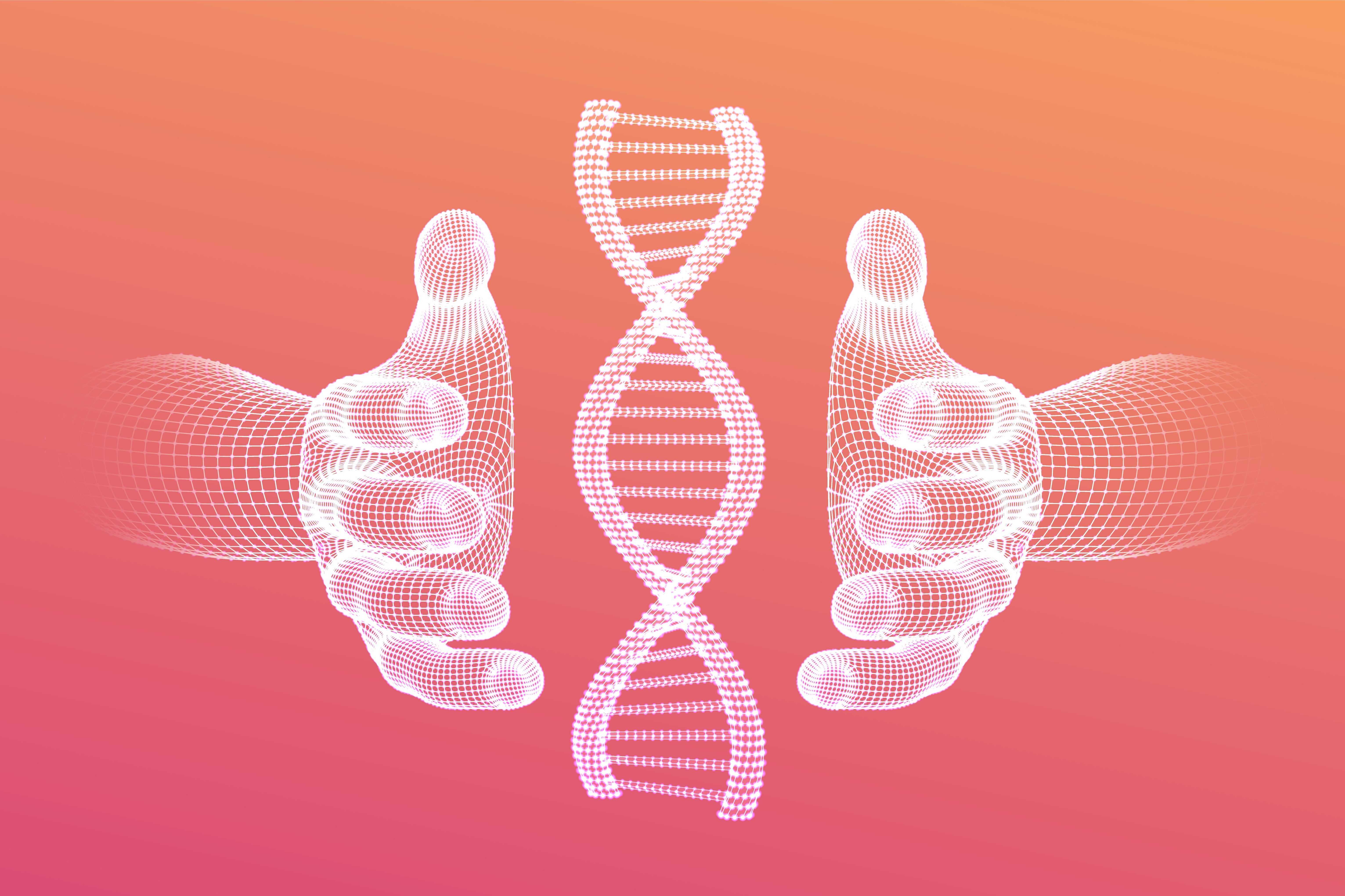Genes and DNA have been the subject of much scientific research and discovery over the years. From the discovery of DNA's double helix structure to the mapping of the human genome, scientists have made incredible breakthroughs in our understanding of genetics and heredity. In this blog, we will explore ten groundbreaking facts about genes and DNA that have revolutionized our understanding of life and the world around us.
- The Double Helix Structure of DNA
In 1953, James Watson and Francis Crick discovered the double helix structure of DNA, one of the most significant scientific discoveries of the 20th century. The discovery opened up new avenues for research and led to an explosion in our understanding of genetics.
- DNA Replication
The process of DNA replication was first described by Arthur Kornberg in the 1950s. Kornberg's discovery showed how DNA copies itself before cell division, laying the groundwork for further research into genetic inheritance.
- Genetic Mutations
Genetic mutations can occur spontaneously or as a result of environmental factors such as radiation or chemical exposure. These mutations can be harmful, beneficial, or have no effect on an organism's health and wellbeing.
- Genetic Diseases
Genetic diseases such as cystic fibrosis, Huntington's disease, and sickle cell anemia are caused by mutations in specific genes. Understanding the genetic basis of these diseases has allowed scientists to develop targeted treatments and therapies.
- Epigenetics
Epigenetics is the study of how genes are expressed and regulated without changes to the DNA sequence itself. Epigenetic changes can be passed down from one generation to the next and can be influenced by environmental factors.
- DNA Sequencing
The ability to sequence DNA has revolutionized genetics research, allowing scientists to identify and analyze genetic mutations and variations. Advances in DNA sequencing technology have made it possible to map the entire human genome.
- Junk DNA
While most of the DNA in our cells contains genetic information, a significant portion of it is considered "junk DNA" with no known function. Recent research has shown that some of this so-called junk DNA may have a regulatory function.
- CRISPR-Cas9 Gene Editing
CRISPR-Cas9 is a revolutionary gene editing tool that allows scientists to modify specific genes with incredible precision. The technology has the potential to treat genetic diseases, improve crop yields, and even eliminate certain viruses.
- Genetic Engineering
Genetic engineering allows scientists to manipulate genes to create new traits or modify existing ones. This technology has been used to create genetically modified crops, bacteria that produce insulin, and other useful products.
- Gene Therapy
Gene therapy is a promising new field that uses genetic engineering to treat genetic diseases. The technique involves replacing or modifying defective genes to restore normal function and has the potential to cure previously incurable diseases.
In conclusion, genes and DNA are the building blocks of life, and our understanding of them has revolutionized the fields of genetics and heredity. From the discovery of the double helix structure to the development of new gene editing tools, these ten groundbreaking facts about genes and DNA have transformed the way we view ourselves and the world around us.
Bonus Fun Facts:
-
The DNA in each of your cells is about 6 feet long, but it's tightly coiled to fit into a space just a few micrometers wide.
-
Humans share over 98% of their DNA with chimpanzees, our closest living relatives.
-
DNA can be extracted from many sources, including hair, saliva, and even old bones and teeth.
-
The longest human gene, called titin, contains over 38,000 amino acids and takes up over 100,000 base pairs of DNA.
-
Your genes can influence more than just your physical traits – they can also affect your personality, intelligence, and even your risk for certain diseases.
-
Scientists have discovered that some bacteria have the ability to transfer DNA to each other, a process known as horizontal gene transfer.
-
In 2013, scientists successfully stored a digital image in DNA for the first time, opening up new possibilities for data storage.
-
Some animals have incredibly long genomes – for example, the marbled lungfish has a genome that is 50 times larger than the human genome.
-
The genes that control the development of fingers and toes in humans are also present in other animals, including chickens and whales.
-
Studies have shown that DNA can be damaged by exposure to cigarette smoke, pollution, and even radiation from space, highlighting the importance of protecting our genetic material.
These 10 fun facts about genes and DNA demonstrate just how fascinating and complex our genetic material truly is. From the incredible length of our DNA to the ways that our genes can influence our personalities and even data storage, there is always something new and exciting to learn about genetics. As research continues to uncover more about our genetic makeup, we can expect to gain even deeper insights into our health, behavior, and evolutionary history.
Discover More
Most Viewed
Christmas is a season of joy, love, and traditions. And what better way to get into the holiday spirit than through timeless carols? These musical gems have been bringing people together for generations. Here’s our ranked list of the Top 10 Christmas Caro…
Read More

















